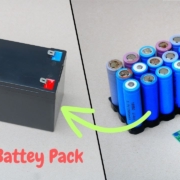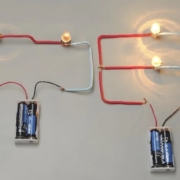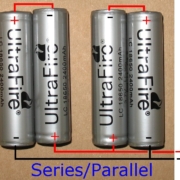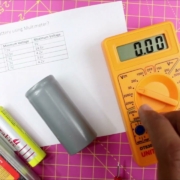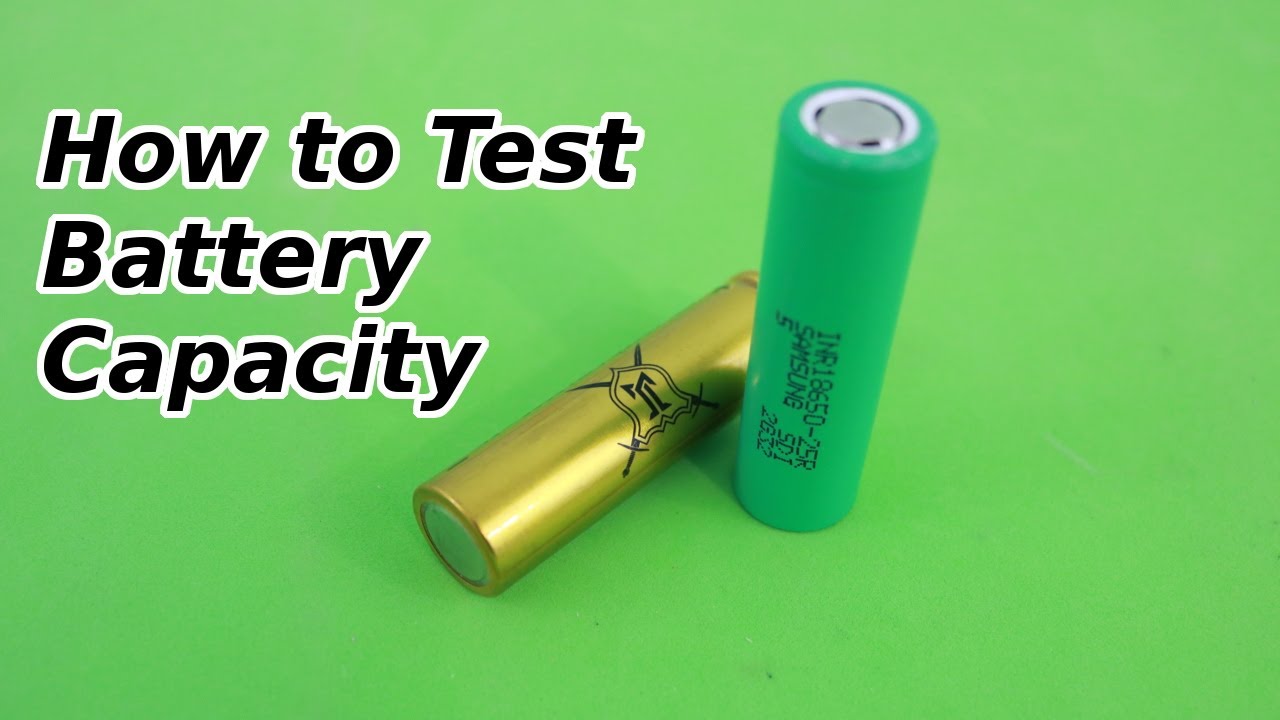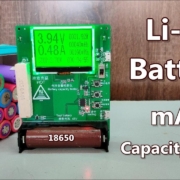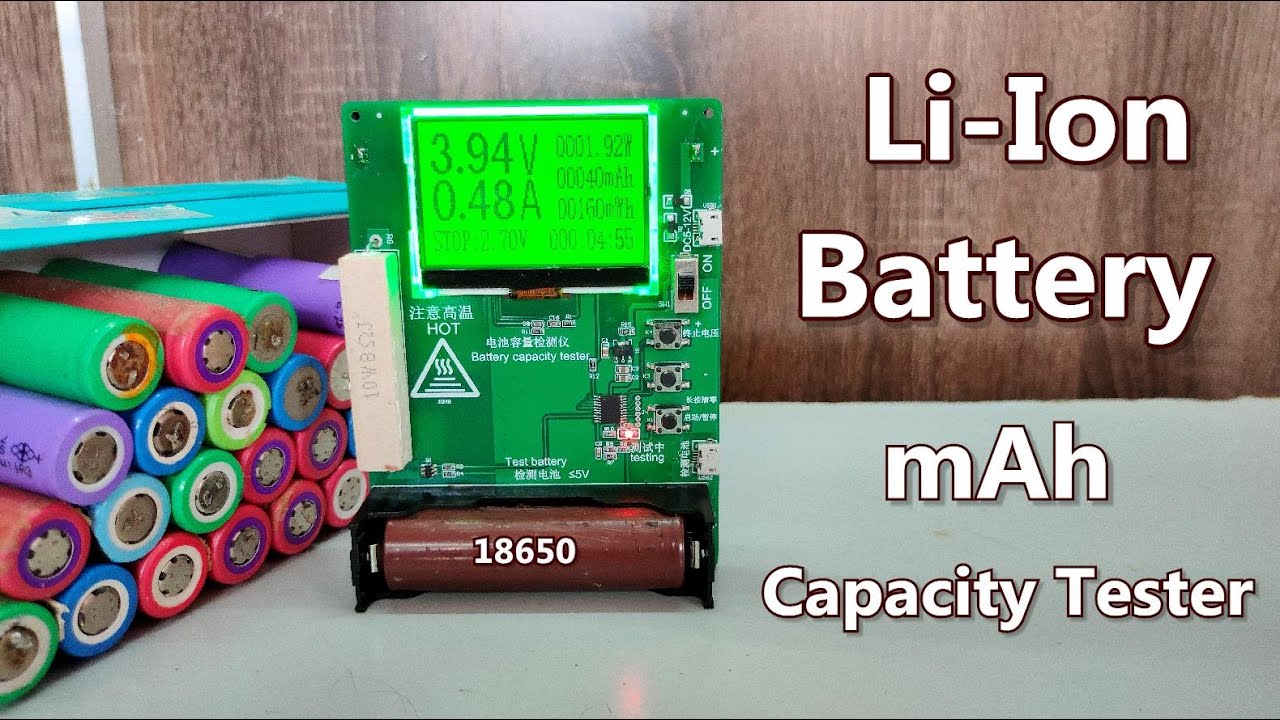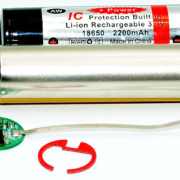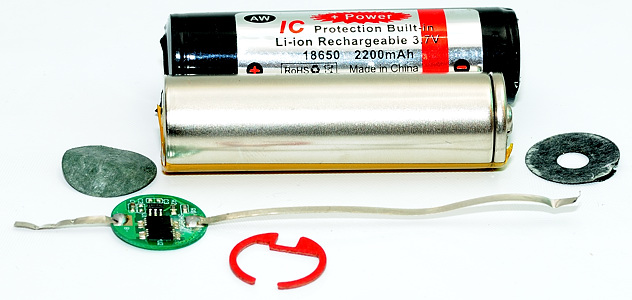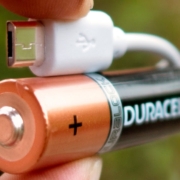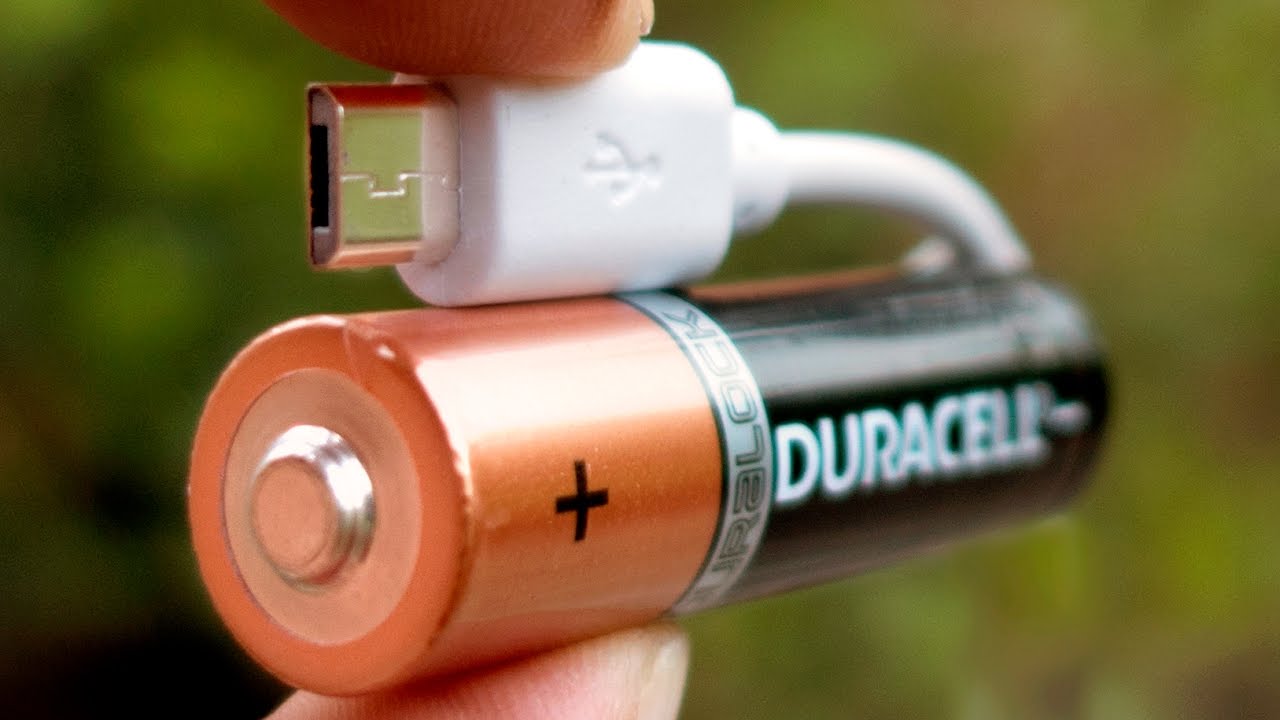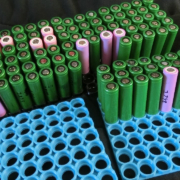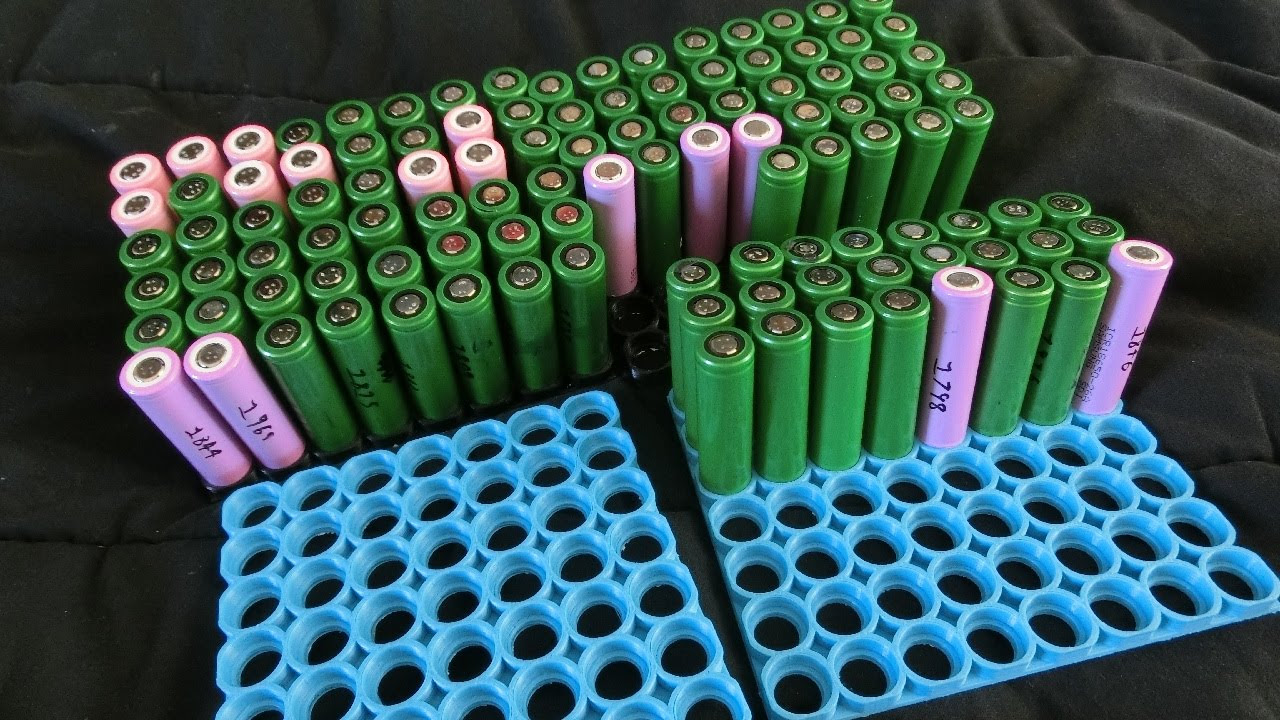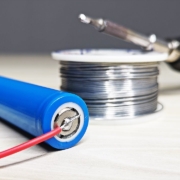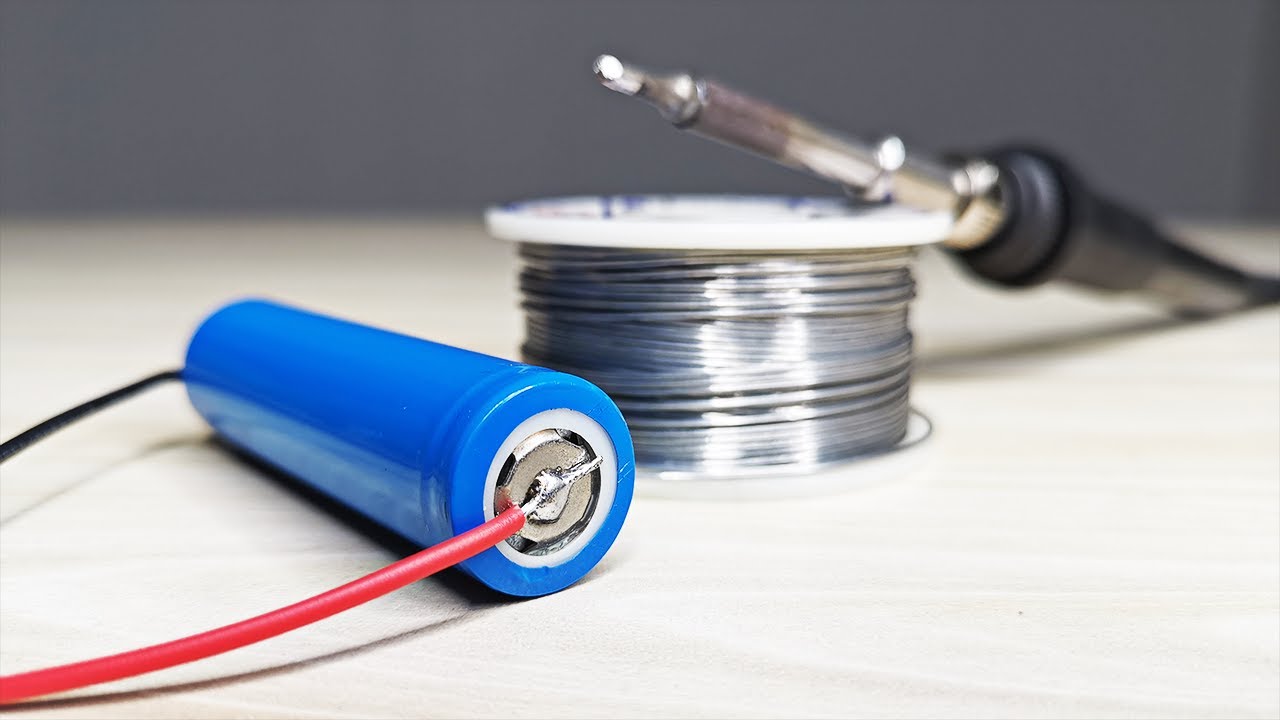Cómo conectar baterías 18650 sin soldadura
Las pilas de ión-litio 18650 son extremadamente útiles para alimentar todo tipo de proyectos electrónicos. Sin embargo, conectar correctamente estas baterías puede ser complicado, sobre todo si quieres evitar las soldaduras.
En este post, te guiaré a través de varios métodos para conectar Batería 18650 sin necesidad de soldadura.
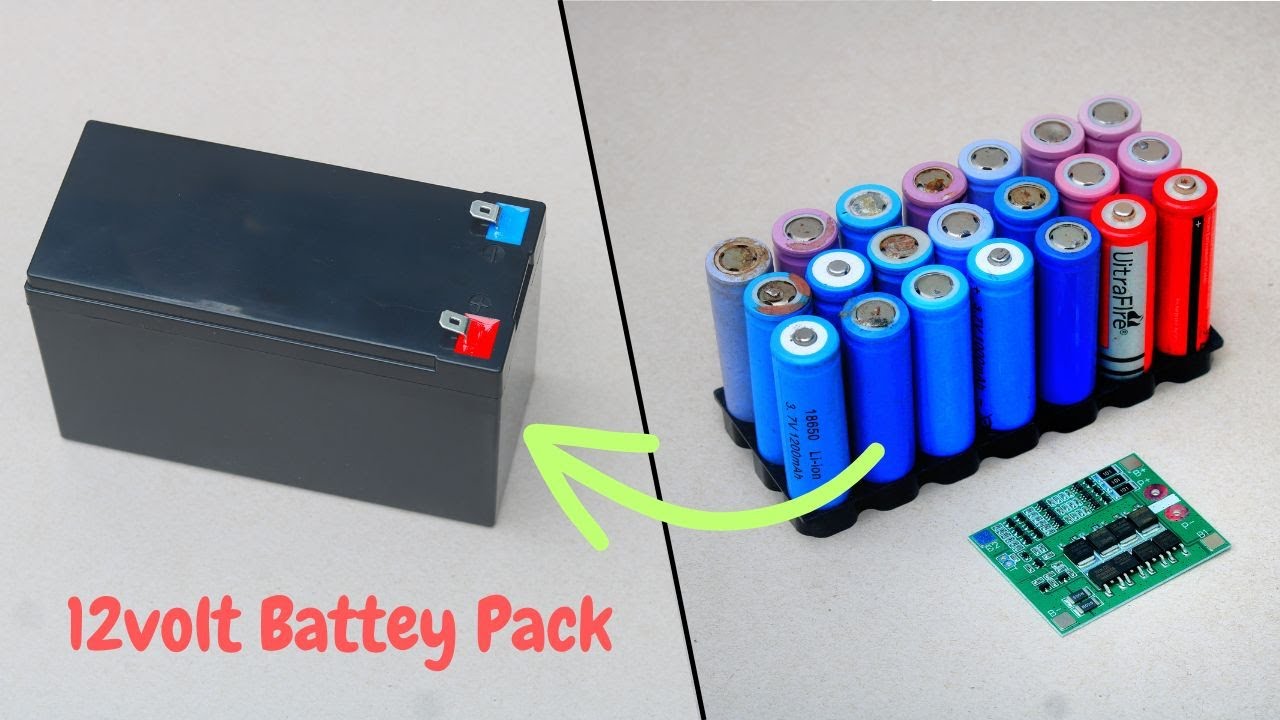
¿Por qué no soldar las pilas 18650?
Antes de entrar en detalles, es posible que se pregunte por qué querría evitar soldar las conexiones de la batería 18650 en primer lugar. Después de todo, la soldadura es una forma común de crear conexiones eléctricas.
Hay algunas razones por las que soldar células de iones de litio no es lo ideal:
- El calor puede dañar los componentes internos de las pilas si no se tiene mucho cuidado. Esto puede reducir la vida útil de las pilas o incluso hacerlas inestables.
- Las conexiones soldadas pueden fallar con el tiempo debido a vibraciones o tensiones mecánicas. Este modo de fallo se acelera a altas corrientes de descarga.
- Se necesita práctica para soldar rápidamente los terminales de la batería sin sobrecalentar la célula. Los principiantes suelen acabar dañando las pilas mientras aprenden.
- En muchas jurisdicciones, los dispositivos con baterías de iones de litio soldadas requieren costosas certificaciones de seguridad UL. Evitar las soldaduras simplifica el proceso de certificación.
Por lo tanto, aunque es posible soldar baterías 18650 de forma segura si realmente sabes lo que estás haciendo, evitar la soldadura por completo hace la vida más fácil.
Afortunadamente, existen varias buenas alternativas para conectar eléctricamente estas baterías.
Cómo conectar baterías 18650 sin soldadura
Método 1: Utilizar un portapilas 18650
El método más sencillo sin soldaduras es utilizar un soporte de batería 18650 estándar.
Estos soportes de plástico sujetan de forma segura las pilas 18650 individuales, a la vez que proporcionan contactos eléctricos a sus terminales. Se pueden combinar varios soportes para crear paquetes de baterías de diferentes voltajes y capacidades.
Estas son algunas de las ventajas de utilizar portapilas:
- Montaje rápido y sencillo, sin herramientas
- Más seguro que los métodos de bricolaje para usuarios principiantes
- Se adaptan fácilmente a la sustitución de células muertas en el camino
- Protegen las células de vibraciones y golpes
- Componentes ampliamente disponibles a bajo coste
Sin embargo, los soportes para 18650 tienen algunas limitaciones:
- Los contactos sólo funcionan con corrientes de descarga relativamente bajas (es decir, más de 10 amperios como máximo).
- Factor de forma grande: un pack de 12 pilas será bastante voluminoso.
Siempre que su proyecto consuma corrientes modestas, estos sencillos soportes de plástico son una gran opción para las pilas de litio sin necesidad de soldadura.
Utilicé este enfoque básico para crear un pequeño banco de energía de litio de 12 V. Funcionó a las mil maravillas.
Método 2: Tiras de níquel y soldadura por puntos
Para baterías de corriente moderada a alta, las tiras de níquel suelen ofrecer el mejor rendimiento y fiabilidad.
En lugar de soldar, se sueldan por puntos tiras individuales de níquel para conectar las células en serie y en paralelo. De este modo se crea una unión mecánica rígida y una conexión eléctrica de baja resistencia.
Construir paquetes de baterías a partir de celdas 18650 en bruto utilizando tiras de níquel proporciona:
- Máxima integridad eléctrica y mecánica
- Alta capacidad de descarga máxima
- Factor de forma compacto (para una capacidad energética dada)
- Configuraciones y recuentos de células flexibles
Por desgracia, las soluciones de soldadura por puntos DIY siguen siendo caras, complejas y potencialmente peligrosas para los usuarios novatos. En otras palabras, no son precisamente opciones fáciles para no soldar.
Método 3: Placas adaptadoras de soldador por puntos para PCB
Últimamente, algunas pequeñas empresas han desarrollado placas adaptadoras que permiten a los bricoladores soldar por puntos células de litio sin necesidad de construir un soldador por puntos.
Estas placas adaptadoras tienen almohadillas de cobre pesado pre-estañado espaciados para que coincida con precisión 18650 dimensiones de la célula.
Para montar una batería:
- Disponga filas estratificadas de células de litio desnudas en el PCB
- Utilice un soldador manual convencional para PCB para soldar por puntos las tiras de níquel en las almohadillas de cobre.
- Tiras de soldadura entre filas alternas para conectar las células en serie y en paralelo
En esencia, estas placas adaptadoras transforman un económico soldador de 40 W en un soldador de pestañas.
Entre las ventajas de este enfoque frente a la soldadura por puntos de la vieja escuela se incluyen:
- Coste de equipamiento muy inferior
- Suficientemente sencillo para constructores sin conocimientos técnicos
- Conexiones eléctricas uniformes y fiables
- Sin portapilas = formato compacto
- Proceso de montaje mucho más rápido
Para volúmenes de producción bajos o moderados, el uso de adaptadores de soldadura de baterías para PCB cumple todos los requisitos para las baterías 18650 sin soldadura.
¿Todavía no sabes cómo conectar 18650 sin soldadura?
Esperamos que el resumen anterior le haya dado algunas ideas sobre cómo conectar de forma segura las pilas de iones de litio 18650 sin necesidad de equipos de soldadura.
Como has visto, tanto los portapilas comerciales como los recién llegados adaptadores de soldadura por puntos para PCB ofrecen métodos viables sin soldadura para proyectos con 18650.
El enfoque que mejor funcione dependerá principalmente de la corriente de descarga objetivo, la tolerancia a la complejidad y el presupuesto global.
Si TODAVÍA estás buscando consejos para montar packs18650 sin soldar, ¡estaré encantado de ayudarte! Déjame un comentario más abajo.
Hazme saber si esta guía rápida te ha ayudado a explicar las opciones de conexión sin soldadura del 18650. Hasta la próxima, ¡seguid haciendo cosas increíbles!

